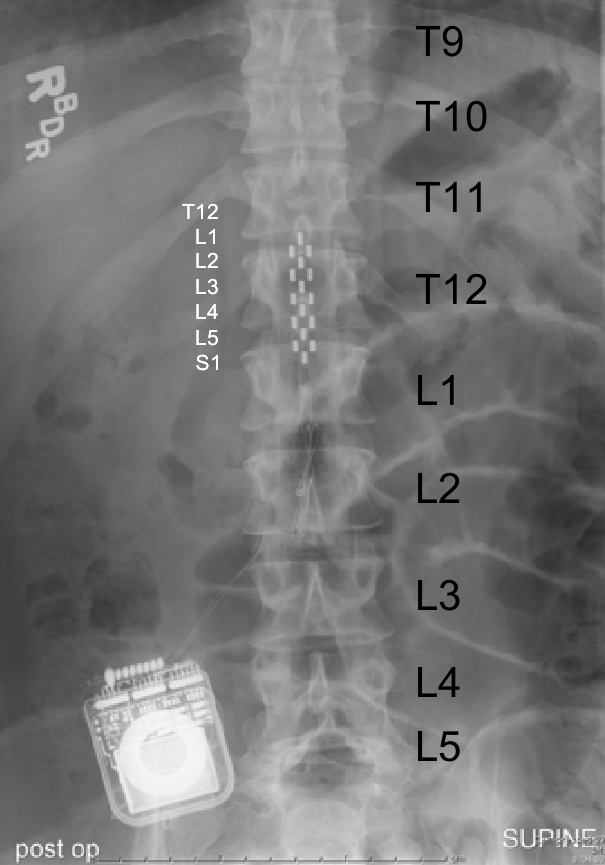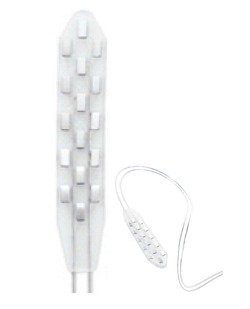Spinal Cord Stimulation

Spinal cord stimulation for restoration of function.
Using a combination of experimentation, computational models of the array and spinal cord, and machine-learning algorithms, we can optimize the stimulation pattern to achieve the best effects and to improve the design of the electrode array. An epidural electrode array, in contrast to the small number of wire electrodes, should significantly improve our ability to more precisely control the stimulation process, leading to better outcomes. We hope to better understand and advance our ability to help patients regain voluntary control over their once-paralyzed limbs.



Voluntary movements (leg, ankle, and toe) with epidural stimulation (4 V, 30 Hz) in the supine position.
Full weight-bearing standing with epidural stimulation (9 V, 25 Hz) without manual facilitation.
Random Forest feature importance large-voxel spinal stimulation.
Transcutaneous Stimultion - Non-invasive spinal stimulation.